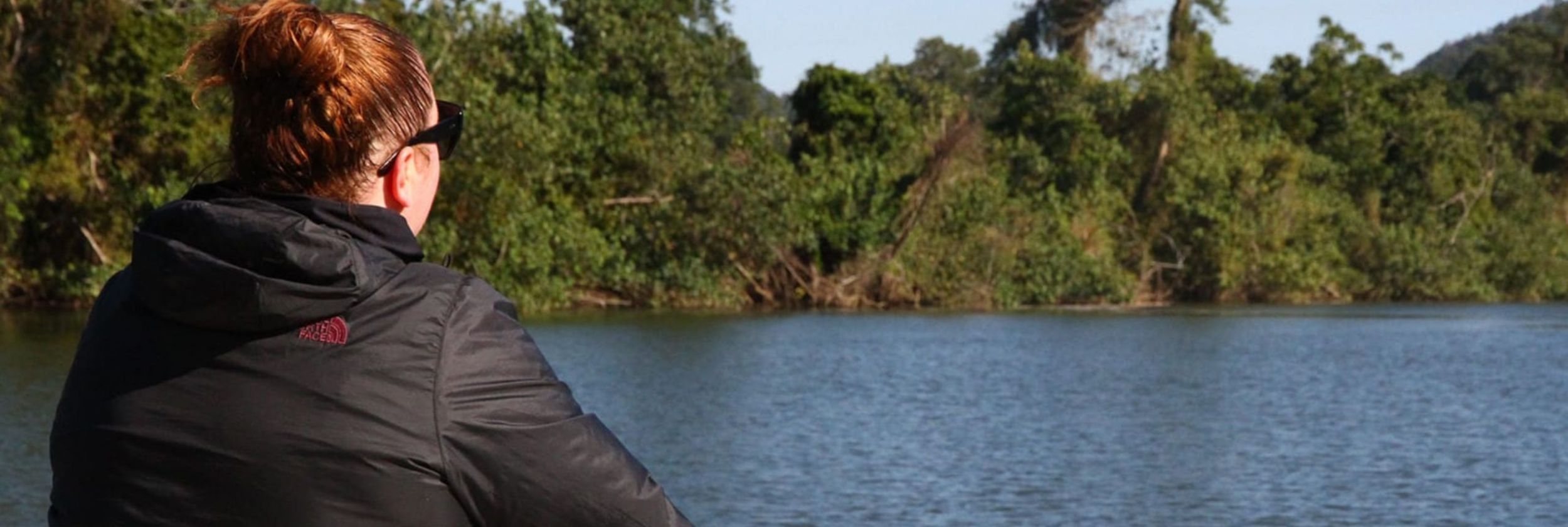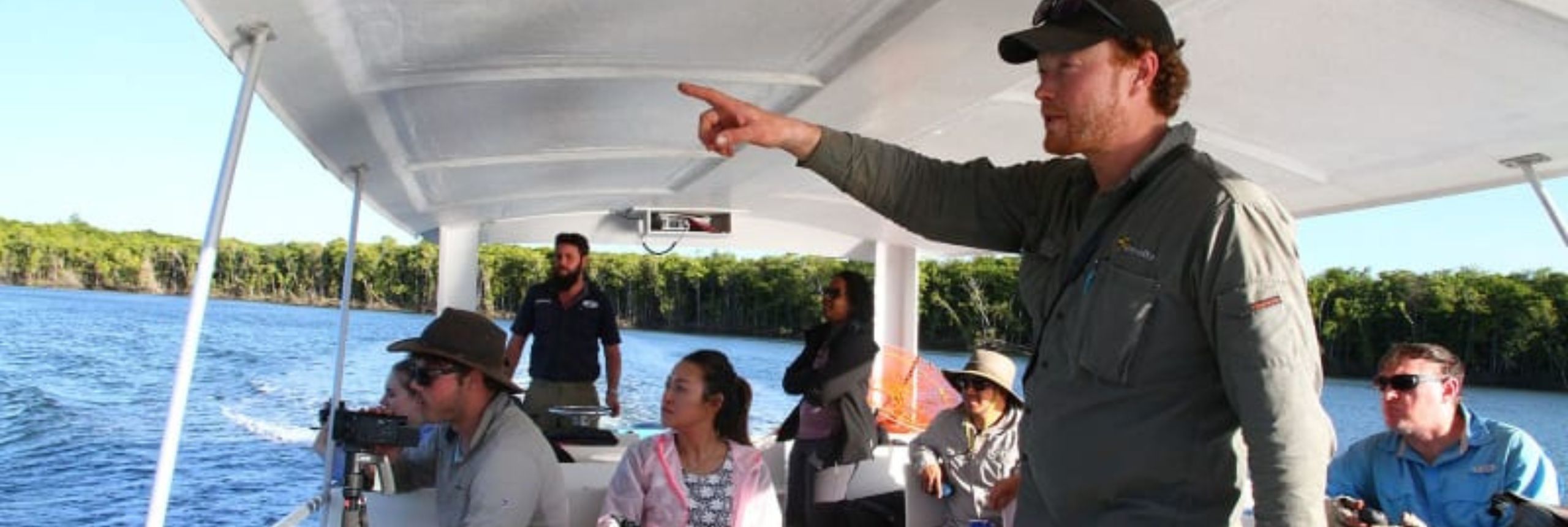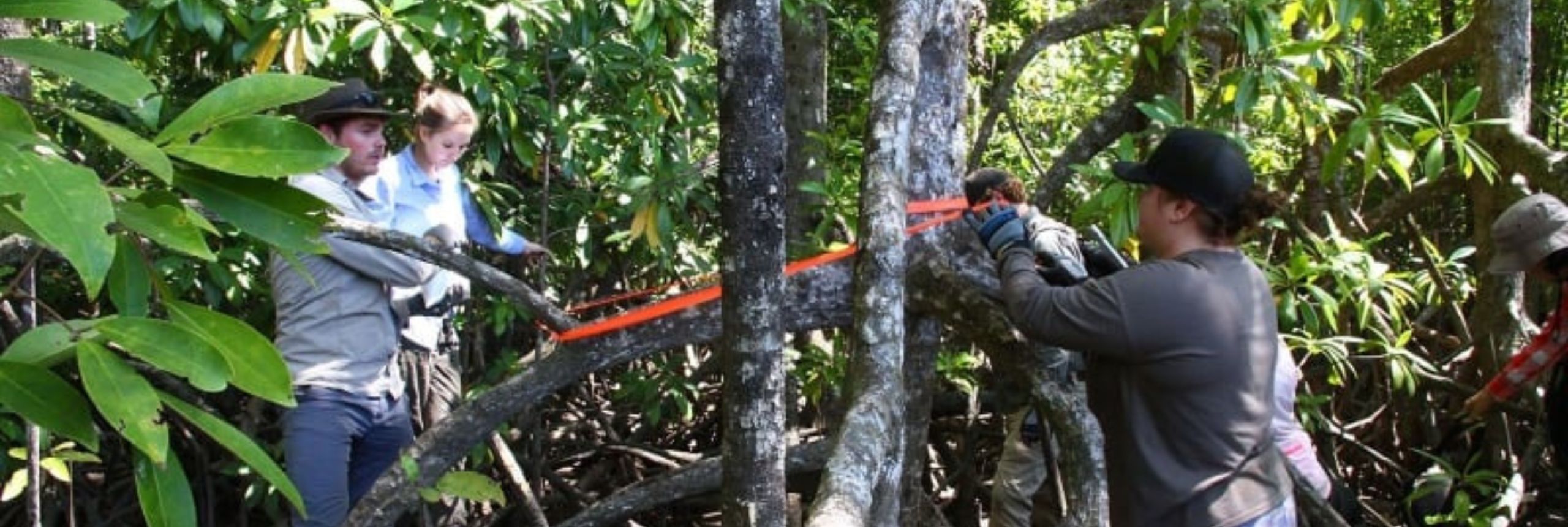Getting Mangroovy in the Daintree
07 March 2023

In September 2019, Gemma was selected to attend Earthwatch expedition Protecting the Reef’s Coastal Frontier by her company, QBE, to gain an understanding of environmental issues and how companies can learn more in order to undertake more sustainable practices.
The transformative experience as told by Gemma herself:
Before attending the expedition, I couldn’t have effectively defined what a mangrove is. Now, I can tell you, a mangrove is a tree, shrub, palm or fern; generally bigger than half a metre, that grows above the average sea level within the intertidal zone.
Mangroves are important because they are extremely effective at storing blue carbon, meaning they take carbon dioxide out of the atmosphere and store it underground. They have the capacity to store 5 times more carbon than any other forest type, and can trap it 50 times faster. They are also very effective at protecting shorelines and coral reefs by buffering them from severe cyclonic storms and floods, and filtering sediment runoff.

Our job on this expedition was to collect scientific data to monitor the blue carbon storage of the mangroves. This involved measuring the circumference, height, species and health of mangrove trees within numerous locations. We also created a sediment reference layer in multiple locations to measure sediment accumulation rates over time. Additionally we monitored the shoreline condition of mangroves along the river by filming the shoreline from a boat and recording key features of the shoreline along the way.
It’s hard to narrow down the highlight of this experience. It was phenomenal to learn about mangroves from two expert scientists who were there: Dr Norm Duke, a mangrove ecologist with more than 40 years’ experience standing, and has even named numerous species of mangroves. If you ask him a mangrove-related question you may be surprised by how long he will keep you enthralled with his answer! And, Jock Mackenzie, whose skills include a “mangrove dance” and an unstoppable enthusiasm for all things mangrove related! Between them, they have almost 60 years’ experience in mangrove/aquatic ecosystem research and their knowledge and passion was infectious (in a good way)!

Another highlight was being out in nature and spotting exciting wildlife (except for the mosquitos), which included a giant Hercules Moth, numerous crocodiles, a snake, delicious mud crab, and many birds including a not often seen Great-billed Heron.
My personal takeaways from this experience include: